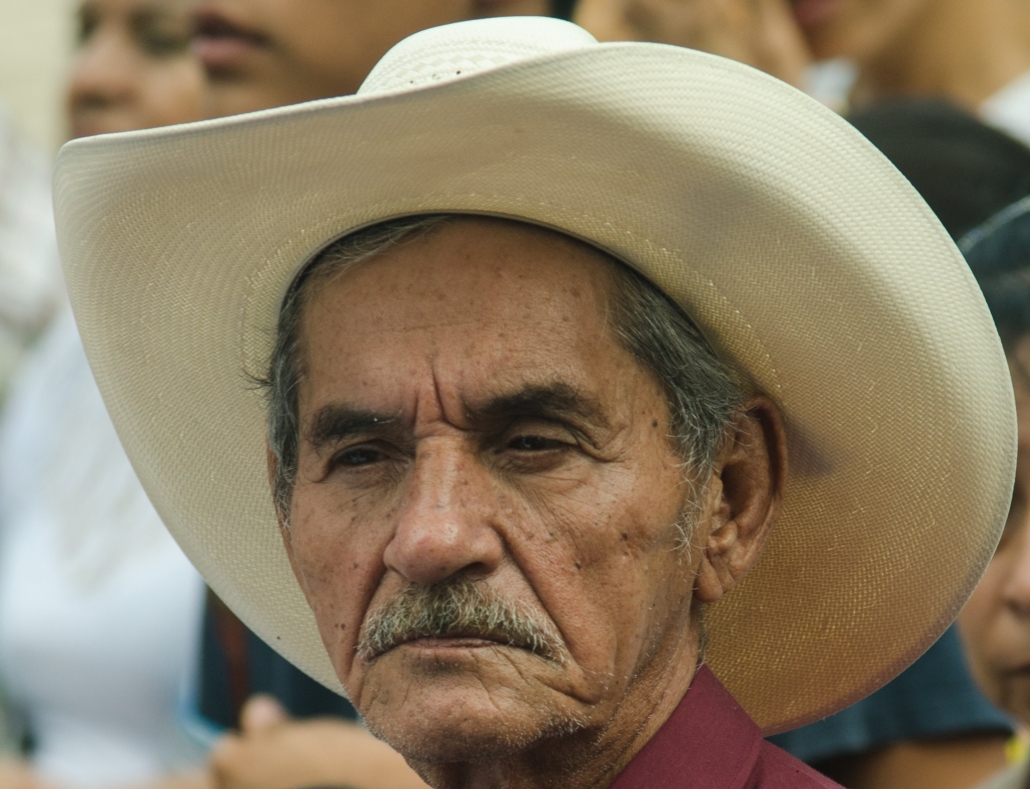Elderly Poverty in Mexico: The Forgotten Generation


In today’s society, people sometimes see the elderly as excess baggage rather than actual human beings. A place where this unfortunate reality is present is in Mexico, where 7.8% of the population is over the age of 65. Within this percentage, 41.1% live in poverty, 34.6 in moderate poverty and 6.6% ($1.90 a day) live in extreme poverty. Here is some information about elderly poverty in Mexico.
Poverty and Mental Health
About 29.2% of all elderly people live alone or with their spouses, be that in a small house or on the streets. The government covers only 46% (which only consists of the formal economy) of the elderly; the other 54% must struggle on their own. With no welfare, retirement plan and aid from the government, over 32,000,000 have no choice but to work past their prime. It is not uncommon for these elders to experience abuse, or for customers, employers or employees to take advantage of them. Due to this, many elderly are vulnerable to mental health issues such as depression, stress and loneliness that come from poverty. The day-to-day struggle to scrape up money and food for themselves and their families is at times a burden too heavy to bear. Results from an analysis of suicide rates in Mexico go as follows; from January 2014 to December 2015, 990 residents died from suicide, with 78.28% being males and 21.72% being females. The highest death rates amongst males were 20-24 and 75-79. For females, the highest mortality rate was from 15-19 years old.
Of course, there are ways both the elderly and their families can do to improve mental health. For the elderly that live with families, positive family dynamics (conversations, actions of kindness and a feeling of contribution) can greatly aid their mental health. For many seniors, nothing compares to the support from family. Another type of support is social support, which is support that comes from outside immediate family. This commonly comes in the form of encouragement from community members, co-workers and strangers.
Solutions
One reason elderly poverty in Mexico persists is that only 46% of them (within the Formal economy) have access to assistance programs. Nevertheless, it would be unfair to state that Mexico does nothing to help its elderly. INAPAM (Instituto Nacional para las Personas Adultos Mayores) is a popular program that allows any Mexican resident (over the age of 60) to acquire worthwhile discounts (10%-50%) on a wide range of goods and services such as food, medicine, transportation, clothing and recreational activities. Mexicans can apply easily if they have the necessary requirements. One specific requirement states that the person in question must present a form to confirm their address. Many elderly have no official home, so that fact can immediately disqualify them from applying.
Aztin is a nonprofit organization that focuses on providing needs such as education, nutrition, water and health. Since 1977, Aztin has worked closely with families trapped in poverty in the village of Tlamacazapa, Guerrero, Mexico, providing programs that vary from helping with dental hygiene, providing aid to those with special needs and implementing sanitation programs. Locals run Aztin with the idea of social participation in the hope that a sense of personal empowerment will begin with an inner spark of possibility and continue to grow.
Informal Workers and Poverty
For formal workers (workers officially hired, have a set salary, receive health benefits and work benefits), taking a day off is an option. However, 60% of Mexico’s workforce is informal and within this percentage there are 32,000,000 elderly that work informally, thus eliminating any chance of receiving the benefits listed above. It is not uncommon to find a woman well past her 80s working 60-hour shifts in a supermarket without it officially hiring her. As a result, her only way to earn money is from the tips from her customers. For informal workers old and young, this is the lifestyle that poverty has burdened them with. Some may have money, but it is often not enough to call savings. At most, the money may last a week, but after that, these individuals may not have any choice but to work. Necessity and poverty corners the elderly.
A popular program that helps the informal population is called Seguro Popular. This program is an income-based health-insurance program that is available to all non-salaried people who cannot access social security due to not having employment under the government. This includes independent workers (freelancers), people with disabilities and the elderly who do not participate in the labor force. This program provides financial assistance to over 50,000,000 Mexicans and is slowly improving access to health care, especially for the poor.
The Mexican government and its people are diligently working to find ways to provide for their elderly population. Through the continued work of Aztin and the Mexican government, elderly poverty in Mexico should reduce.
– Aaron Samperio
Photo: Flickr
The post Elderly Poverty in Mexico: The Forgotten Generation appeared first on The Borgen Project.
Original Source: borgenproject.org
Visited 635 Times, 1 Visit today
